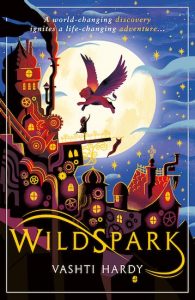
Wildspark written by Vashti Hardy
Cover illustrated by George Ermos
Published by Scholastic May 2019
430 pages in paperback
ebook available
stonking philosophical spec fic


Wildspark written by Vashti Hardy
Cover illustrated by George Ermos
Published by Scholastic May 2019
430 pages in paperback
ebook available
stonking philosophical spec fic

Little Spirit written by A. J. Freer
Cover created by A. J. Freer
Published by A. J. Freer 2018
139 pages in paperback
kind-hearted adventure – full of incident and charm
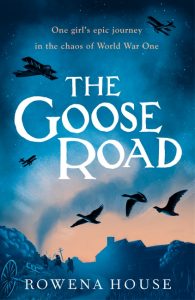
written by Rowena House
Cover by Leo Nickolls
Published by Walker Books
375 pages in review copy plus author’s note
history with a heart
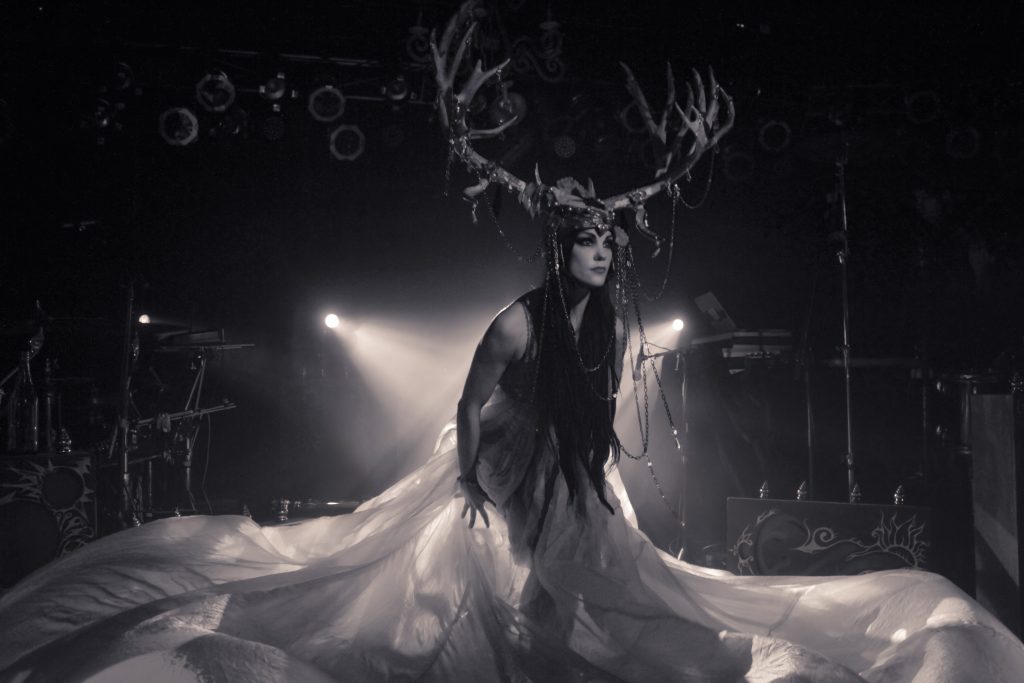
Zoe Jakes performing to Beats Antique. Tribal Fusion belly dance.
This post came about from considering the comments of two friends/colleagues: namely Vivienne Dacosta (Serendipity Viv of Serendipity Reviews) and Joanne Harris. Continue reading
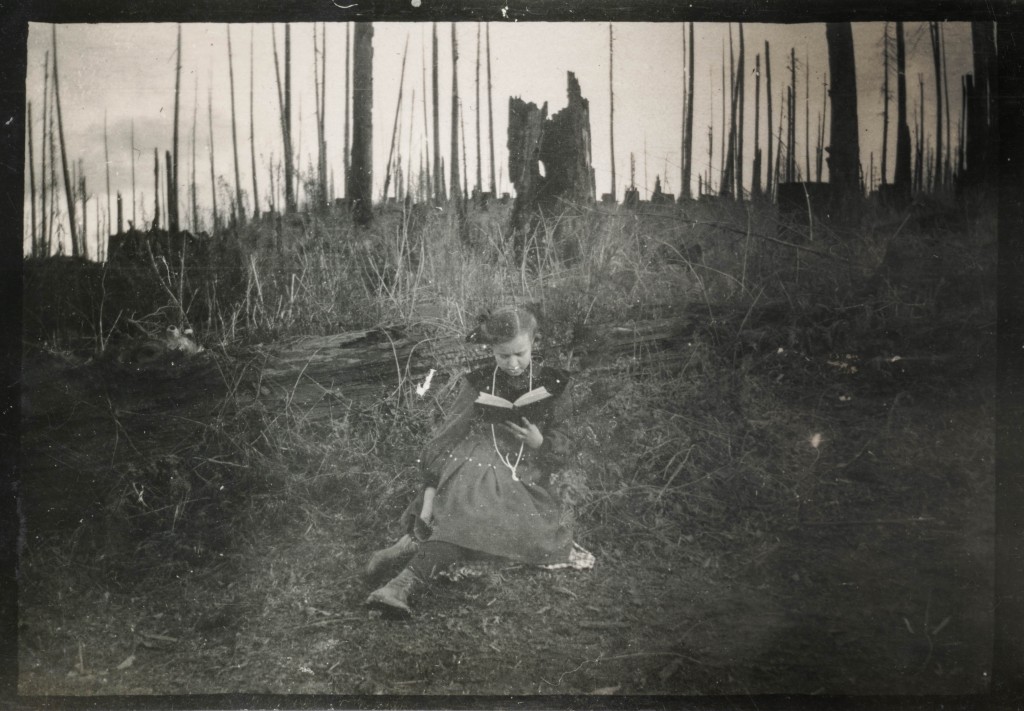
Little girl reading a book in a burned-out forest by simpleinsomnia on Flickr https://creativecommons.org/licenses/by/2.0/
To be utterly straightforward, I want more readers. Continue reading

Oliver Cromwell by Samuel Cooper
Apparently, an interregnum is the period between two reigns. In English History, it can refer to the time between Charles I ‘s execution and the arrival of Charles II, whilst we had a Republic (30 January 1649 – 29 May 1660)
Metaphorically, it can mean any suspension of government from the end of one regime to the beginning of another. I rather feel I am in one… Continue reading
Recently my writing colleague, fellow SCBWI and friend Nina Wadcock asked if anyone would be her Beta reader. I volunteered straight off. We got on well and I had every expectation it would be a good read. She accepted my offer – and then the second thoughts came fluttering in a black cloud… Continue reading
With apologies to Kate Bush
On Sunday 6th July, I had the pleasure of boating along the Avon with many members of the Golden Egg Academy. It was a lovely day, sprinkled with vintage frocks and floral china. There were ducklings and VERY low bridges to be negotiated too. Unsurprisingly there was lots of chat – but also talks from Barry-The-Hat-Cunningham, Ben-Kill-the-Granny-and-we’ll-talk-Illis, Imogen-Beaded-Bag-Cooper and Kirsty-aka-Stormboy- McLachlan. Fun was had as can be seen by the monikers, – but I would like to take a more serious theme from Literary Agent Kirsty’s question-and-answer session.
Indeed, this theme came up in our impassioned discussions atop the barge. We debated The Bunker Diary, The Carnegie and what it is we are trying to do. everything came back to focus on our readership. Barry Cunningham picked up on this in his address, speaking with the same wonder and optimism and joy in young people as David Almond.
Lovely inspiring stuff.
But what gave me pause for thought, plonked into my mind like a drip from a stalactite and spread ripples from then till now, was something Kirsty said:
Write for one reader – one reader who is not you, not even you as a child, but one contemporary child.
[I believe I have quoted her accurately – please correct me if you know better.]
The first suggestion is clearly wise advice. It’s no good trying to please hypothetical swathes of readers – there are far too many tribes out there. You might as well try writing for a focus group or draw a Venn diagram of sub-cultures and aim for the intersection.
Secondly, we need to have that reader in our sights with every revision – and so it just can’t be to please ourselves. That way lies self-indulgence. We’re not the audience – we have to be the director, set designer, lighting technician and all the rest. It’s the last idea that causes me to consider deeply.
…not even you as a child…
Now I absolutely see the dangers of nostalgia. The lure of painting a Hovis ad of the past and photoshopping your characters in there. Some of my earlier work has had the taint of that, I admit. My world as a child is not their world now – fairly obviously.
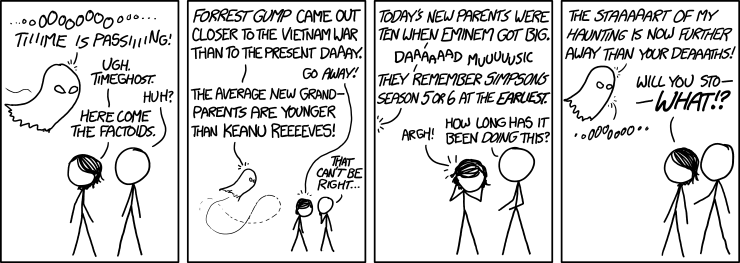
I can’t help being older.
BUT I have thought hard about this . There are two points I want to make in response.
First of all, I have to sink down inside myself to write. I have to become the child-I-was to create honestly. When it all goes well, I revisit all those emotions and passions. Thank goodness there is no webcam in The Garret. No-one needs to see me weeping or giggling or cavorting as I enact part of the story. I create through the child-I-was – and I write to console and delight that odd, lonely child.
At least that way, I please one reader.
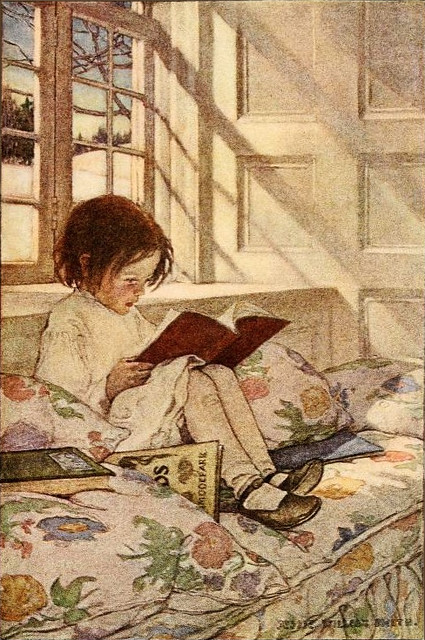
Jessie Willcox Smith ‘Picture-Books in Winter’ (1905) from “A Child’s Garden of Verses”
Secondly – and this may seal my fate – I cannot write as if I were a child-of-now. This is a skill some of my friends who write realistic fiction have. I admire it enormously. From me, it would be patronising fakery. There are few things more embarrassing than an adult straining to be ‘down with the kids.’
For their souls dwell in the house of tomorrow, which you cannot visit, not even in your dreams.
Kahlil Gibran The Prophet
What I can do is share interests and enthusiasms and passions – the same as I would with any other human being. I don’t talk down about sharks and ghosts and gargoyles: I swap notes and chat and engage. [I hope] When adult-me reads and reviews contemporary children’s books, watches films and TV, or visits intriguing places, I also respond with my child-like self. What would thrill the child-I-was now?
Where I live, I often see children on the beach jumping the waves and squealing. They construct major sandworks, fall out of boats deliberately and throw things for dogs. The way they talk is different but what I see at West Wittering would not look so out-of-place on Scarborough North Beach forty years ago. Just change the clothes.
Is my readership so very estranged from the child-I-was? I have to believe it is not.
I would be genuinely interested in comments on this topic. Should I be more up-to-date with mainstream culture? I wasn’t then, and it seems bogus to start now. Or is that an absolute given for a children’s writer – even for one of the fantastical persuasion?
In case you hadn’t guessed from all my recent posts, I’m busy editing.
I am doing it with the help of the rather marvellous Book Map© courtesy of The Golden Egg Academy. I shan’t steal their thunder – or would that be their cock-a-doodle-dooing? It suffices to say that it’s a jolly fine way of organising what the blue blazes is going on in your story.
I do have one caveat about it, however.
It isn’t a proper map.

Proper maps are crinkly and you can roll them up and they have ‘Here be dragons’ on them. They have puffy-cheeked winds blowing twin-masted brigantines over squiggly blue seas whilst mermaids look on. And they are most definitely drawn, not written.
That thought led me to consider maps in comparison to stories. A map is a way of showing what something is like to someone else. It has to be based in reality but it isn’t the reality itself. Yet a really good one can almost seem real, and with imagination you can get lost in it.
That seems familiar.
There are conventions that make them easier to read, that resemble many other maps; yet each one is unique. It can show something different – or even if it is the same, the way it is shown can be distinctive enough to make you see it in a new light. Styles have changed over time – and yet the old ones have resonance, they help us see things how our predecessors saw them.
Snap!

And creating them?
It seems so similar to me.
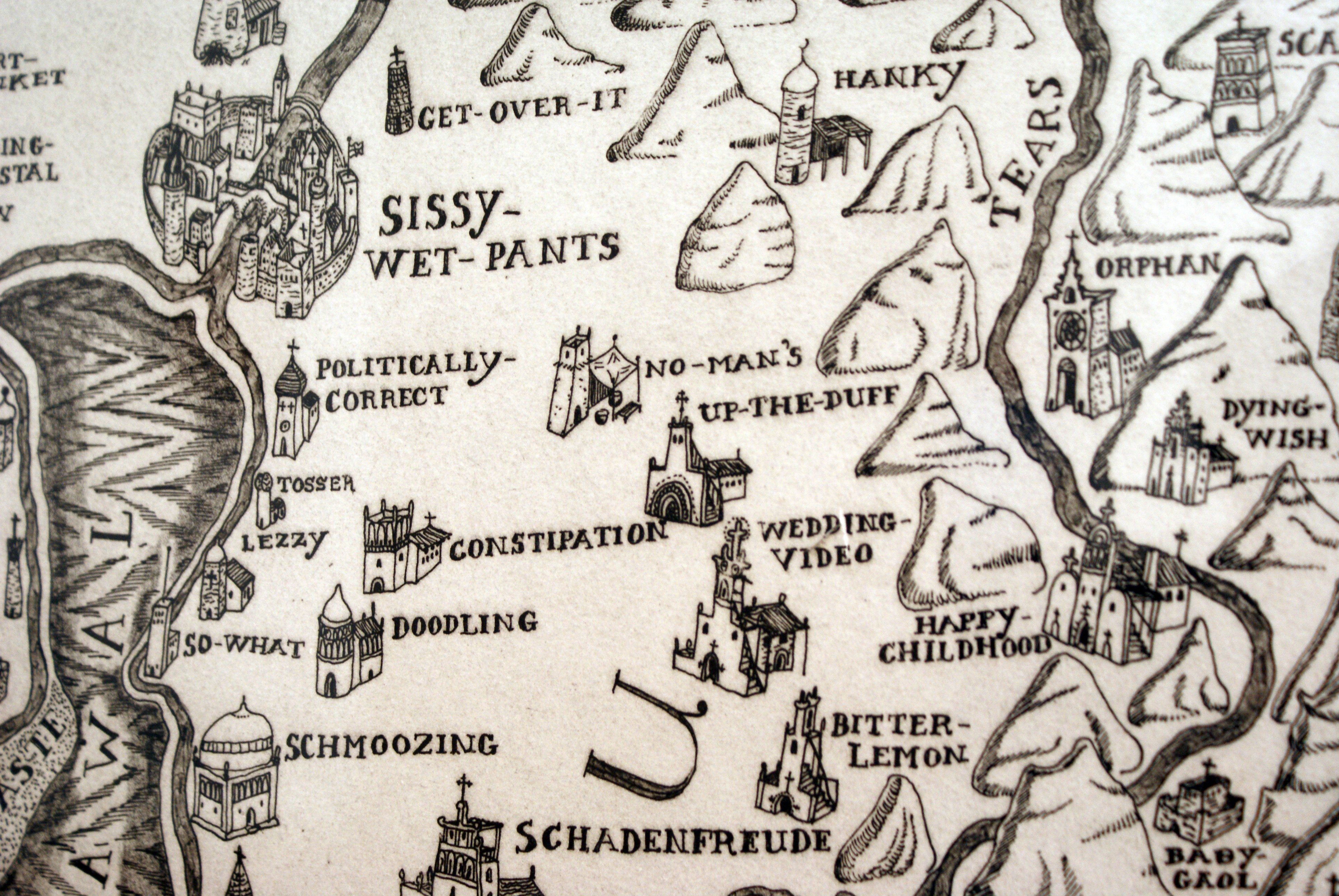
Detail of a map by Grayson Perry- he charts his ideas and feelings in wonderful, intricate detail.
![By c. kennedy garrett (originally posted to Flickr as [1]) [CC-BY-2.0 (http://creativecommons.org/licenses/by/2.0)], via Wikimedia Commons](http://upload.wikimedia.org/wikipedia/commons/7/75/Young_woman_with_map.jpg)